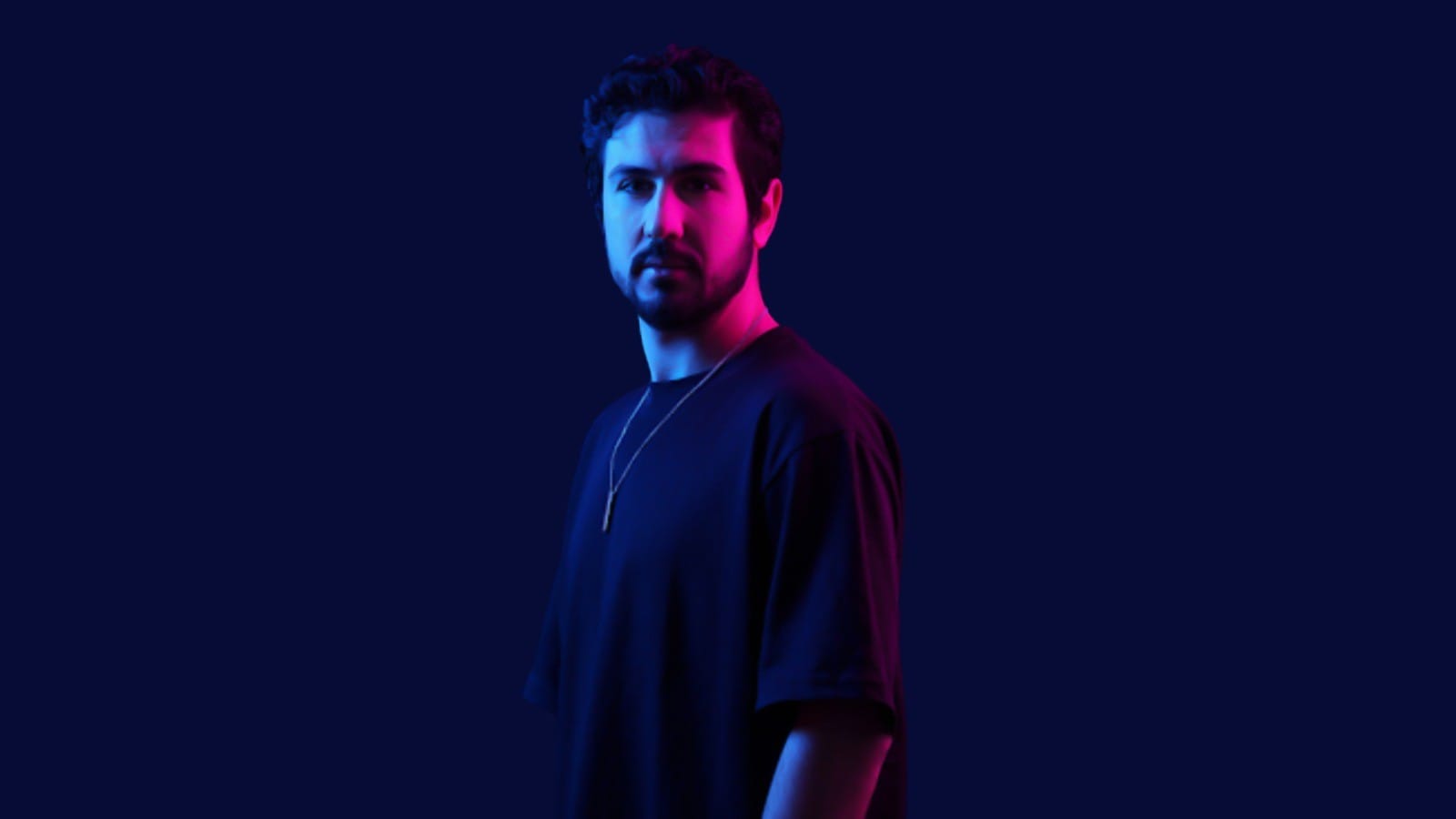WARNING: The following contains spoilers for Chapter #139 of Attack on Titan, "Toward the Tree on That Hill," by Hajime Isayama, Dezy Sienty and Alex Ko Ransom, available in English now from Kodansha.
Of all the more puzzling aspects of Attack on Titan's manga ending, the fate of Eren Jeager has been interpreted as simultaneously one of the most clear-cut and undefined. While Eren's life, as we know it, certainly comes to an end by Mikasa's hand in the penultimate chapter, the last pages of the series give some readers pause as to its true finality. And it's all thanks to one mysterious bird.
Towards the very end of Chapter #139, three years after the end of the Battle of Heaven and Earth that stopped Eren's Rumbling, claimed his life and wiped out the Titan curse, we discover Mikasa has buried what was left of him under the tree he often napped under on Paradis Island. (In fact, that exact setting opened Attack on Titan's first chapter, bringing the story back to its roots by the end.) Out at sea, a boat carries Armin, Reiner, Annie, Jean, Connie and Pieck towards the Island to begin peace talks with Queen Historia, and visit Eren's grave. As Armin looks out over the bow, he notes a bird passing him by, headed in the same direction.
On the Island, as a fresh wave of grief hits Mikasa over Eren's loss, that same bird (we can assume) suddenly arrives in front of her, wraps her scarf around her neck, as Eren did when they first met, and continues on its way. Tearfully, Mikasa smiles up it and thanks Eren for doing so.
The interaction obviously reminds her of this memory, which is probably why she acknowledges it, but some may take it as a verbal admission that there's a real piece of Eren present in the scene. Fans have even speculated that the type of bird it could be is confirmation: the Parasitic jaeger, an arctic seabird. It's certainly unusual that an animal, especially a bird, would randomly get this close to a human if it weren't in search of food or wanted to attack them, let alone perform that specific gesture. Then again, we're not talking about a real bird -- Attack on Titan is a work of high fiction, so we shouldn't expect everything to adhere to natural law. As such, there are two ways to interpret this odd ending detail: either Eren is the bird, or the bird merely represents Eren, and the series' wider themes.
If we were to entertain the first option, that Eren really did become a bird after he died, the only plausible explanation we can draw from the series' lore is that Ymir Fritz, the Founder, remade him as one before she was wiped from existence, perhaps grateful for the life-ending part he played in her liberation. We know that she had the power to prolong the lives of her subjects, in a supernatural sense, and fashioned Titans out of sand and earth at the Coordinate point -- the place where (the other) Ymir, Zeke and Eren awoke once they'd been killed. Many Titans also took on animalistic forms, from Zeke's Beast Titan to Falco's Jaw Titan, and others long before them.
The problem with this theory is that Ymir never demonstrated the ability to reshape her fallen descents into anything other than their original, humanoid bodies, or seemed capable of resurrecting them back in the physical world as they once were. The closest she came was returning Eren (in a sense) back to Shiganshina following Gabi shooting his head off, but that return was dependant on him existing in the Founding Titan's body, while his consciousness remained locked in the Titan's collapsed mindscape of space and time.
Even the strongest evidence we have to support the idea -- Ymir's original resurrection after gaining the power of the Titans for the first time -- is undermined when applying it to Eren's potential reincarnation because it relies on Ymir's continued existence. As we saw when the Titan curse was lifted, "curing" those affected by it for good, that power ceases to be once Ymir is gone.
That leaves us with the second and more likely option, that the bird embodies Eren, but isn't his actual body. A bird is an obvious metaphor for freedom, which Eren sought above all for himself and those he loved, so much so that he martyred himself as the most horrific villain the world had ever seen in order to achieve it. To make the link even simpler, the Survey Corps logo also used wings, representing the Islanders' desire to escape the confines of the walls. In fact, birds frequently appeared throughout the series whenever Eren, or other characters, yearned to travel beyond the edges of their known world or escape a cruel fate.
More generally, the concept of flight itself played a huge part in the struggle for liberation -- first, the ODM gear, then the airships and eventually, Falco's flying Jaw Titan. All of these elements repeatedly played a key role in the heroes' getting closer to the truth, resolving the Titan threat and the war with Marley. Most tellingly of all, in Chapter #131, Eren, in his mind's eye, soars above the clouds to escape from the horrors his Rumbling is causing on Earth, defining the feeling, purely, as "freedom."
In that vein, birds also have specific significance in Norse mythology, from which Attack on Titan draws plenty of inspiration. Odin's ravens, Hugin and Munin, were his 'eyes' throughout Midgard, mirroring the literal birds-eye view Hajime Isayama provides at multiple, important points throughout the series. Hugin means "thought" while Munin means "memory," two concepts that became Eren's only ties to reality as the Attack and Founding Titan powers separated him further and further from land, body, time and space. In The Poetic Edda's "Grímnismál," Odin frets that his ravens may one day not come back from their daily migration, particularly Munin: "For Hugin I fear, lest he come not home, But for Munin my care is more." Allegorically, this could resonate deeply with Attack on Titan's perpetual themes of thought and memory being caged -- by the Eldian King's bloodline, the nation of Marley and the false King in Paradis -- only to eventually be liberated, allowing more people to make choices for themselves.
As for the way the bird at the end of Chapter #139 acts towards Mikasa, it's not hard to point to a little creative license on Isayama's part. People often 'see' loved ones that have passed away in the world around them. The manga could simply be providing some grain of closure for both its characters and readers by suggesting that while Eren's life may be over, his sacrifices, ideas and, most importantly for his friends, his love, remains.
About The Author

